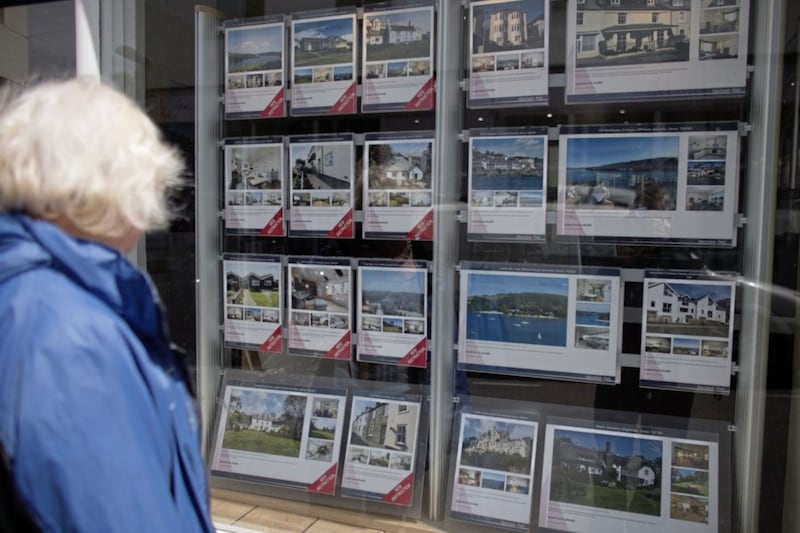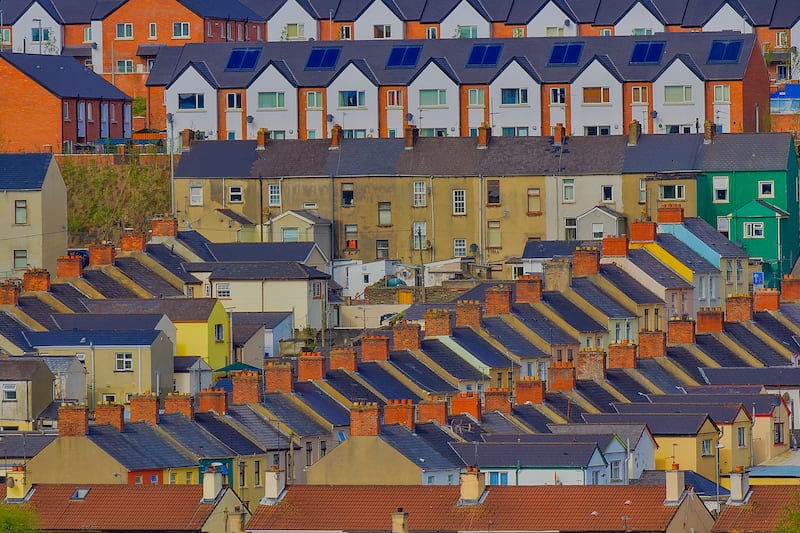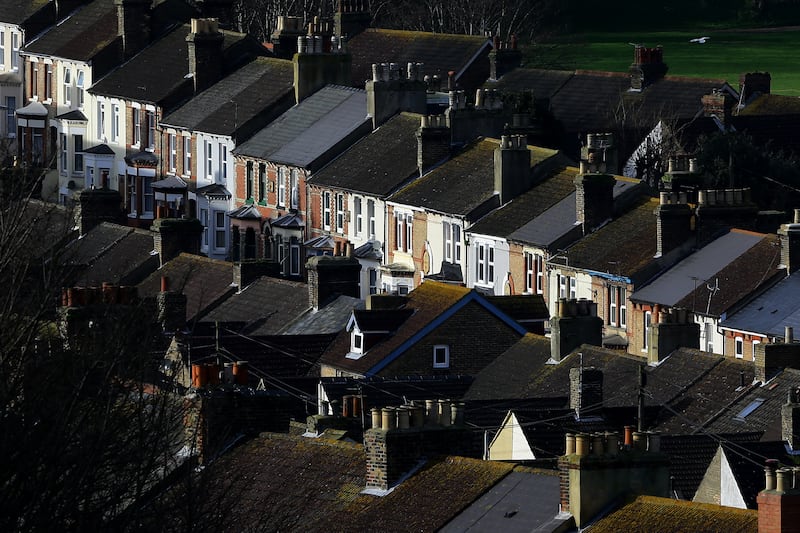THE average house price in Northern Ireland during the third quarter of this year stood at £205,545, according to the most closely-watched property index.
That's up 2.4% on the previous quarter and ahead 4.7% relative to this time last year.
But regional variations were massive, the survey showed, ranging from a 6% rise in one council area to a 12.1% slump in another.
The latest quarterly house price index is produced by Ulster University in partnership with the NI Housing Executive and Progressive Building Society.
It shows that the market in general remains resilient, despite the ongoing volatile economic setting, interest rate and mortgage lending environments.
But it cautions that there are clear signs of weakening demand, with noticeable reductions in new listings and buyer enquires, with mortgage lending rates down 30% in September.
The detached sector saw a positive quarterly price uplift of 3.1% to an average £299,400 while the semi-detached sector fared better still, growing 3.3% to an average price of £195,228.
The terrace/townhouse sector grew 1.2%, bringing it back in parity with prices at the beginning of 2023, with the average value now standing at £137,272.
But apartments fell in price by 0.4% over the quarter to an average of £158,172.
Broken down by council area, those in Lisburn & Castlereagh saw a 6% growth over the July-September period to an average of £237,472.
However, in Fermanagh & Omagh the quarterly average fell by 12.% from £196,265 to £172,522, and there were also 12% price dips in both Causeway Coast & Glens, and also Derry & Strabane.
Dr Michael McCord, reader in real estate valuation at Ulster University, said: “Prices showed a small increase in the third quarter of the year invariably due to underpinning microeconomic market fundamentals – namely the lack of supply, which continues help prop prices up.
“Market evidence indicates that lenders believe interest rates may have peaked, with a number of providers repricing mortgage deals more cheaply. The belief that the turbid market setting may be settling is very much dependent on announcements relating to upcoming inflation statistics, whether the Bank of England maintain current interest rates, and if the UK enters into a recession.
“In such a dynamic market setting, the tables could turn at any moment, especially with the ongoing conflict in the Ukraine and the conflict between Israel and Hamas.”
Ursula McAnulty, head of research at NI Housing Executive, which commissions the research, said: “Prices have been more or less stable for around two years in spite of the wider economic context and higher borrowing costs, and this suggests ongoing demand. But there is a growing sense of pressure and structural difficulty in the local housing system as households struggle to find and sustain suitable, affordable accommodation.”
Michael Boyd, chief executive at Progressive Building Society, said: “The tight supply picture is undoubtedly providing underlying support and looks likely to continuing doing so in the near future, as is the recent pause in interest rate hikes by the Bank of England.
“Headwinds persist in the form of worries that further interest rate rises may be on the horizon and signs the wider economy may be weakening. The future direction for the market will be dependent on these competing factors.”








